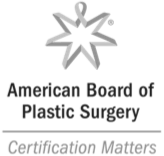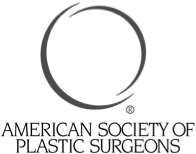Carbon dioxide laser resurfacing uses very short pulsed light energy or continuous light beams to treat different benign and malignant skin conditions. CO2 laser resurfacing precisely removes thin layers of skin with minimal heat damage to the surrounding structures. Treatments can be used to minimize wrinkles and scars.
What is CO2 laser resurfacing?
Carbon dioxide lasers have been in use for many years to treat different benign and malignant skin conditions. A new generation of carbon dioxide lasers uses very short pulsed light energy or continuous light beams that are delivered in a scanning pattern to very precisely remove thin layers of skin with minimal heat damage to the surrounding structures.

What can be treated with CO2 laser resurfacing?
These lasers have been successfully used to treat wrinkles and scars, as well as other benign skin growths such as warts, linear epidermal nevi (birthmarks), rhinophyma (enlarged oil glands on the nose), and other skin conditions.
When can I start wearing makeup?
Once the areas have healed, oil-free makeup may be worn to camouflage the pink-to-red color that is generally seen after laser resurfacing. Green-based makeup is particularly suitable for the redness in the skin. The redness in the laser-treated sites generally fades in two to three months but may take as long as six months to disappear; it generally persists longer in blondes and redheads.
What are the possible side effects?
- Milia, which are small white bumps, may appear in the laser-treated areas during healing. These may be removed by gentle cleansing with a washcloth.
- Acne flares may occur and may resolve on its own or can be treated with conventional acne therapies.
- Hyperpigmentation, and more rarely, hypopigmentation, may result in the laser-treated areas. In general, the hyperpigmented areas may be treated with bleaching cream to facilitate fading of the pigment. Hypopigmentation is more difficult to treat.
- Reactivation of a herpes simplex cold sore may occur, especially after laser resurfacing around the mouth. Taking an antiviral medicine before treatment and continuing it for seven to ten days post-procedure can prevent an outbreak.
- Taking an antibiotic prior to treatment and continuing for seven to ten days post-procedure can prevent any bacterial infections.
- Postoperative swelling is to be expected and is lessened by administration of intramuscular steroids.
- Scarring, although very rare, may occur in laser-treated areas.
Copyright © 2025 Brzowski Plastic Surgery. All rights reserved.
Alternate Phone: (801) 479-5722



